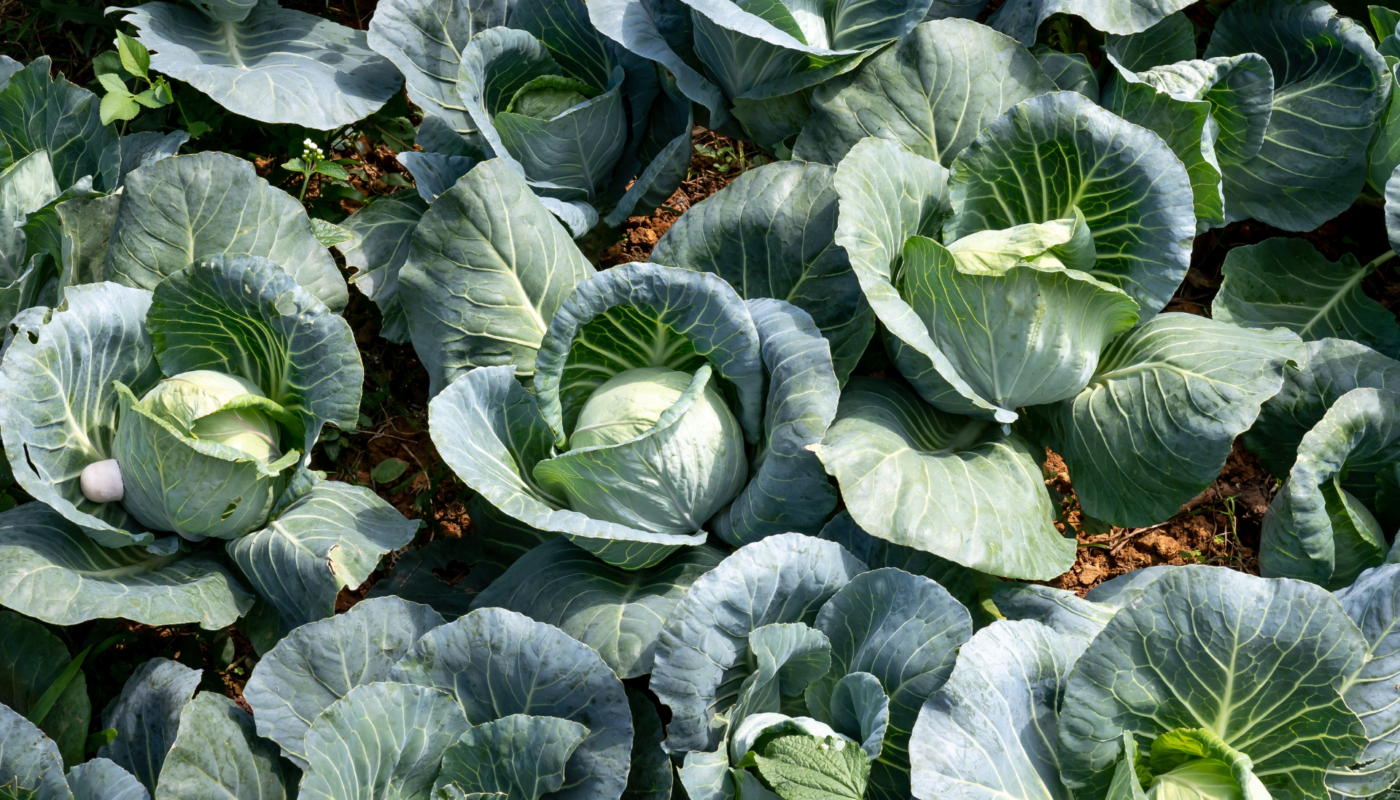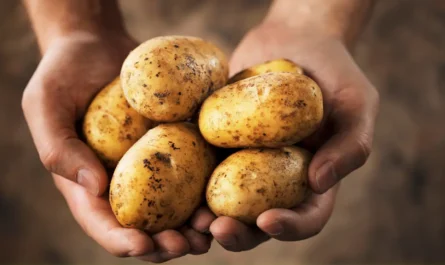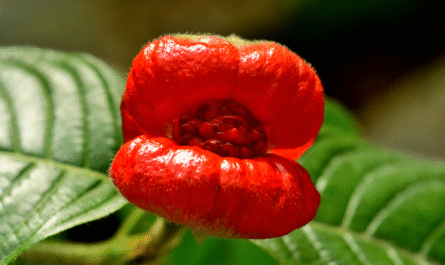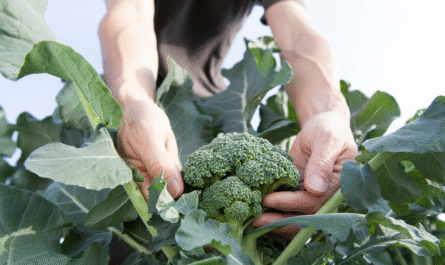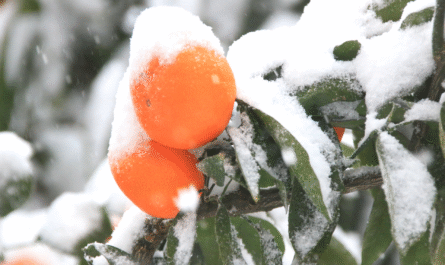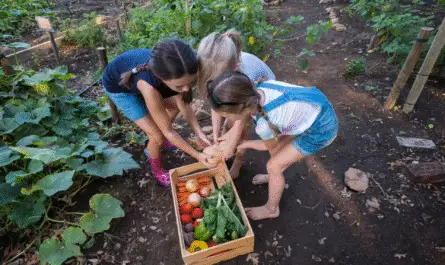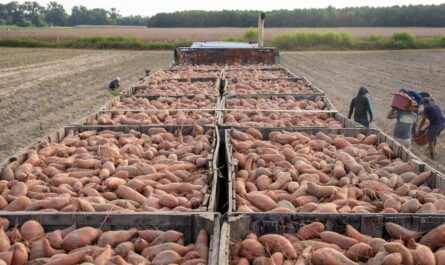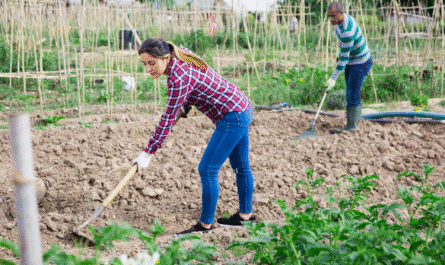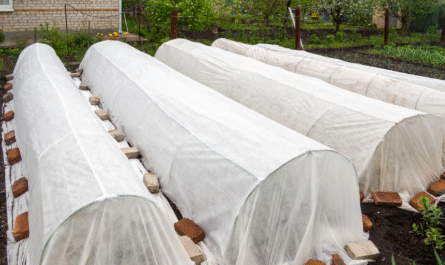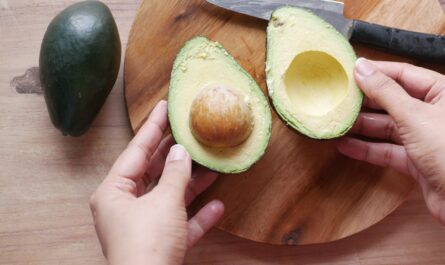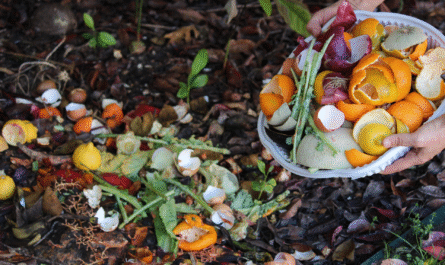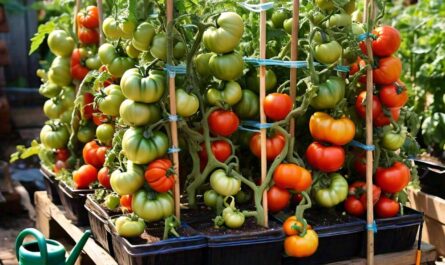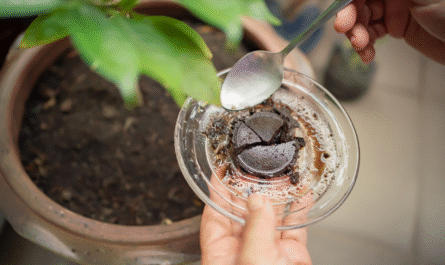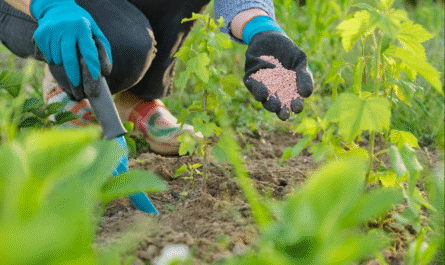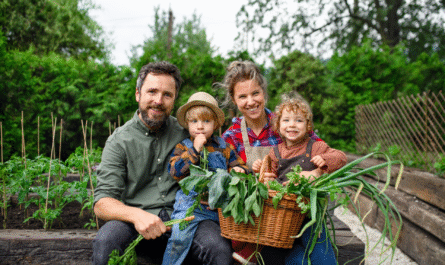Cabbage might not be the flashiest crop in your garden, but it’s one of the most reliable, versatile, and nutritious. With a little care and planning, you can enjoy fresh, homegrown cabbages throughout much of the year.
This comprehensive guide breaks down everything you need to know about selecting, growing, and maintaining cabbage, ensuring a successful harvest.
Choosing the Right Cabbage Variety
The first step in growing cabbage is selecting the variety that best suits your climate, culinary needs, and garden space. There are several types of cabbage, and each one has unique characteristics.
1. Green Cabbage
Green cabbage is the most common variety. It forms tight, round heads and has smooth, light-green leaves. It’s ideal for coleslaw, soups, and sautés. Varieties like ‘Golden Acre’ and ‘Copenhagen Market’ are popular with home gardeners.
2. Red Cabbage
The red cabbage stands out with its vibrant purple hue and slightly more peppery taste. It’s excellent for pickling, shredding into salads, or roasting. The color deepens as it cooks, adding visual appeal to dishes. Red varieties are often more cold-hardy and store well.
3. Savoy Cabbage
Savoy cabbages are known for their deeply crinkled leaves and mild, earthy flavor. They don’t form as tight a head as green or red varieties, but they are exceptionally tender and ideal for stuffing, sautéing, or using in soups.
4. Napa Cabbage
Also known as Chinese cabbage, Napa forms elongated heads with light green leaves. It’s popular in Asian cuisine, particularly in stir-fries, salads, and fermented dishes like kimchi. It grows faster than other types but requires cooler temperatures.
5. Heirloom Varieties
Consider planting heirloom varieties like:
- January King: A winter cabbage with purple-tinged leaves and excellent cold tolerance.
- Kalibos: A pointed red cabbage with sweet flavor and good summer heat tolerance.
- Savoy Aubervilliers: A rare French variety with delicious crinkled leaves and mild flavor.
When and How to Sow Cabbages
Cabbages are cool-season crops, meaning they prefer cooler temperatures and can tolerate light frosts. Timing your sowing correctly is key to getting the best harvest.
Spring and Summer Cabbages
- Start Indoors: For early summer crops, sow seeds indoors in trays or modules 6–8 weeks before the last expected frost. Use a high-quality seed-starting compost and sow seeds about 1 cm deep
- Temperature and Light: Keep trays in a bright but cool environment, ideally around 60–70°F (15–21°C). Cabbage seeds don’t need high heat to germinate.
- Transplanting: Once seedlings have 3–4 true leaves, transplant them into larger pots or a seedbed outdoors. Harden them off by gradually acclimating them to outdoor conditions over a week.
Autumn and Winter Cabbages
- Direct Sowing: In late spring to early summer, sow hardy cabbage varieties directly into the garden for a fall or winter harvest.
- Thinning: Thin seedlings to the strongest plants, spacing them out to avoid overcrowding, which can lead to disease and poor head formation.
- Succession Planting: To extend your harvest, consider sowing cabbage at intervals every 2–3 weeks.
Preparing the Soil
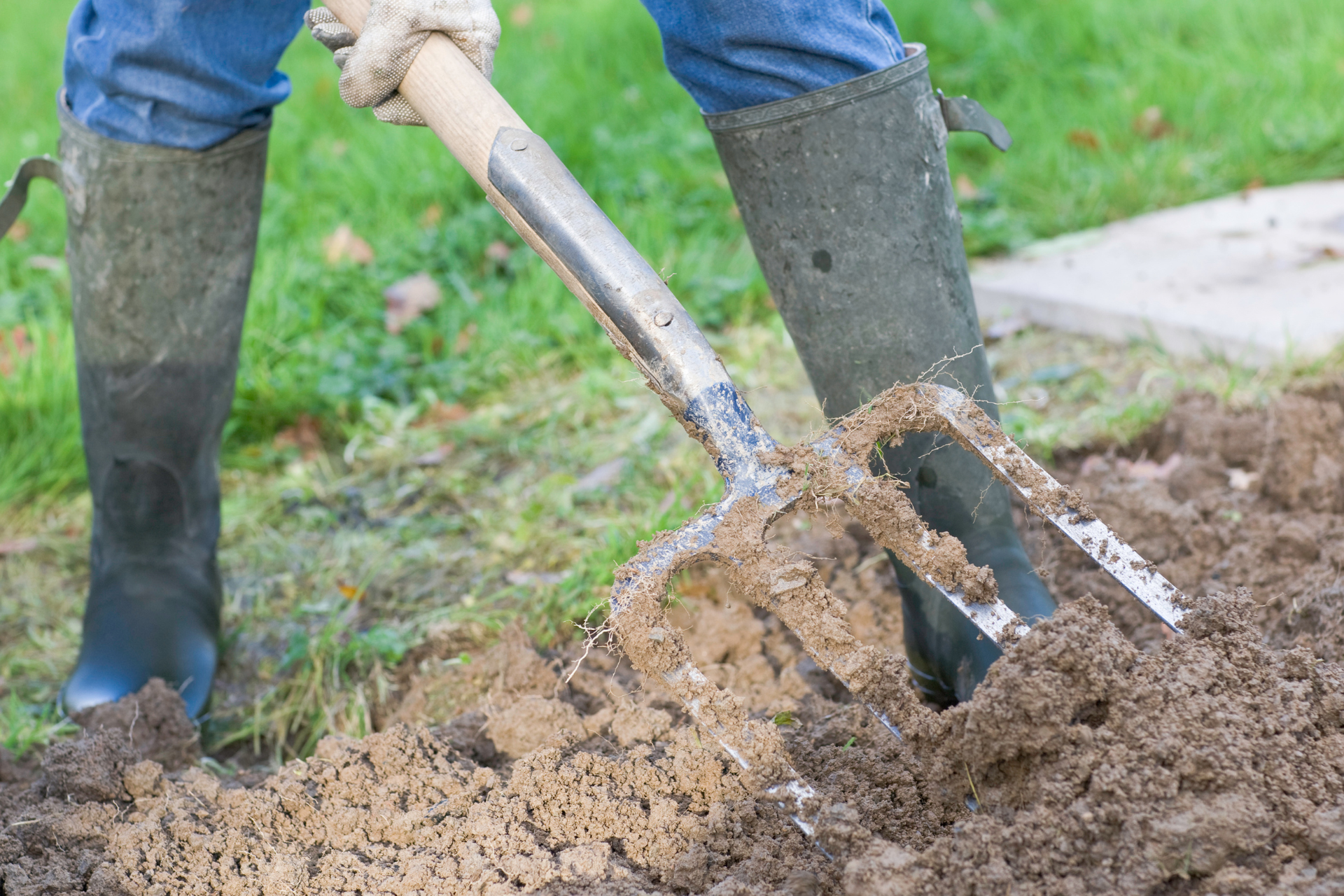
Cabbages are heavy feeders and thrive in fertile, well-draining soil.
Soil Requirements
- pH Level: Cabbages prefer slightly acidic to neutral soil with a pH between 6.0 and 6.8. A soil test will help determine if amendments are needed.
- Fertility: Add compost or well-rotted manure several weeks before planting. Avoid fresh manure, as it can cause nitrogen overload.
- Drainage: Ensure good drainage to prevent root rot. Raised beds can help in heavy clay soils.
Soil Preparation Tips
- Dig in a balanced fertilizer or blood, fish, and bone meal before transplanting.
-
Mulch the soil to retain moisture and suppress weeds.
Transplanting and Spacing
Once your seedlings are ready to go outside:
- Spacing: Space plants 30–45 cm apart in rows 60–75 cm apart. Crowded cabbages won’t form proper heads.
- Firming the Soil: Cabbages hate wobbly roots. Press the soil firmly around each plant to provide stability.
- Water In: Water immediately after planting to help roots settle.
Watering and Feeding
Watering
- Cabbages require consistent moisture, especially during head formation. Water deeply once or twice a week, depending on rainfall.
- Use mulch to help retain soil moisture and reduce evaporation.
Feeding
- Apply a nitrogen-rich feed like seaweed extract or chicken manure pellets a few weeks after transplanting.
- Side-dress with compost or organic fertilizer midway through the season to boost growth.
- Avoid high-nitrogen fertilizers late in the season to prevent loose heads.
Pest and Disease Management
Common Pests
1. Cabbage White Butterflies
- Lay eggs on the underside of leaves. Their caterpillars can strip a plant bare.
- Use insect mesh or fleece to cover crops.
- Handpick eggs and caterpillars.
2. Slugs and Snails
- Attack young seedlings, especially in damp conditions.
- Use beer traps, copper tape, or go slug hunting in the evening.
3. Aphids
- Cluster on young shoots and can transmit disease.
- Control with insecticidal soap or strong water spray.
4. Flea Beetles
- Create small holes in leaves, especially on young plants.
- Protect with row covers and apply diatomaceous earth.
Common Diseases
1. Clubroot
- Causes swollen, deformed roots and stunted growth.
- Rotate crops annually and avoid planting brassicas in infected soil.
- Maintain a soil pH above 7.0 to inhibit the fungus.
2. Black Rot
- Bacterial disease causing yellow V-shaped lesions.
- Prevent by using clean seeds and tools and rotating crops.
3. Downy Mildew
- Appears as yellow patches on leaves with white mold underneath.
-
Improve air circulation and avoid overhead watering.
Harvesting Cabbages
Cabbage is ready to harvest when the heads feel firm and full.
- Timing: Most cabbages take 70–120 days from sowing to harvest, depending on the variety.
- Technique: Use a sharp knife to cut the head at the base, leaving the outer leaves intact. You may get a second crop of smaller heads.
- Don’t Wait Too Long: Overripe cabbage can split, especially after heavy rain.
Storage Tips
- Fresh Use: Keep harvested heads in a cool, shaded spot and use within a week for best flavor.
- Refrigeration: Store in the crisper drawer wrapped in a damp cloth or plastic. Will last 2–3 weeks.
- Root Cellar: In colder climates, store in a cellar with high humidity and temperatures near 0°C. Heads can last for months.
- Preservation: Shred and ferment for sauerkraut or kimchi. Blanch and freeze for long-term use.
Companion Planting for Cabbage
Cabbage benefits from being planted near certain plants that deter pests or improve growth.
Good Companions
- Onions and garlic: Repel aphids and cabbage worms.
- Dill and chamomile: Attract beneficial insects.
- Celery and beets: Improve growth and flavor.
Avoid Planting With:
- Strawberries, tomatoes, and pole beans: They compete for nutrients or attract similar pests.
Crop Rotation
- Rotate brassica crops every 3–4 years to prevent soil-borne diseases like clubroot.
Group Together
- Grow all brassicas (cabbage, broccoli, kale, etc.) in the same plot and rotate with legumes, roots, and fruiting crops.
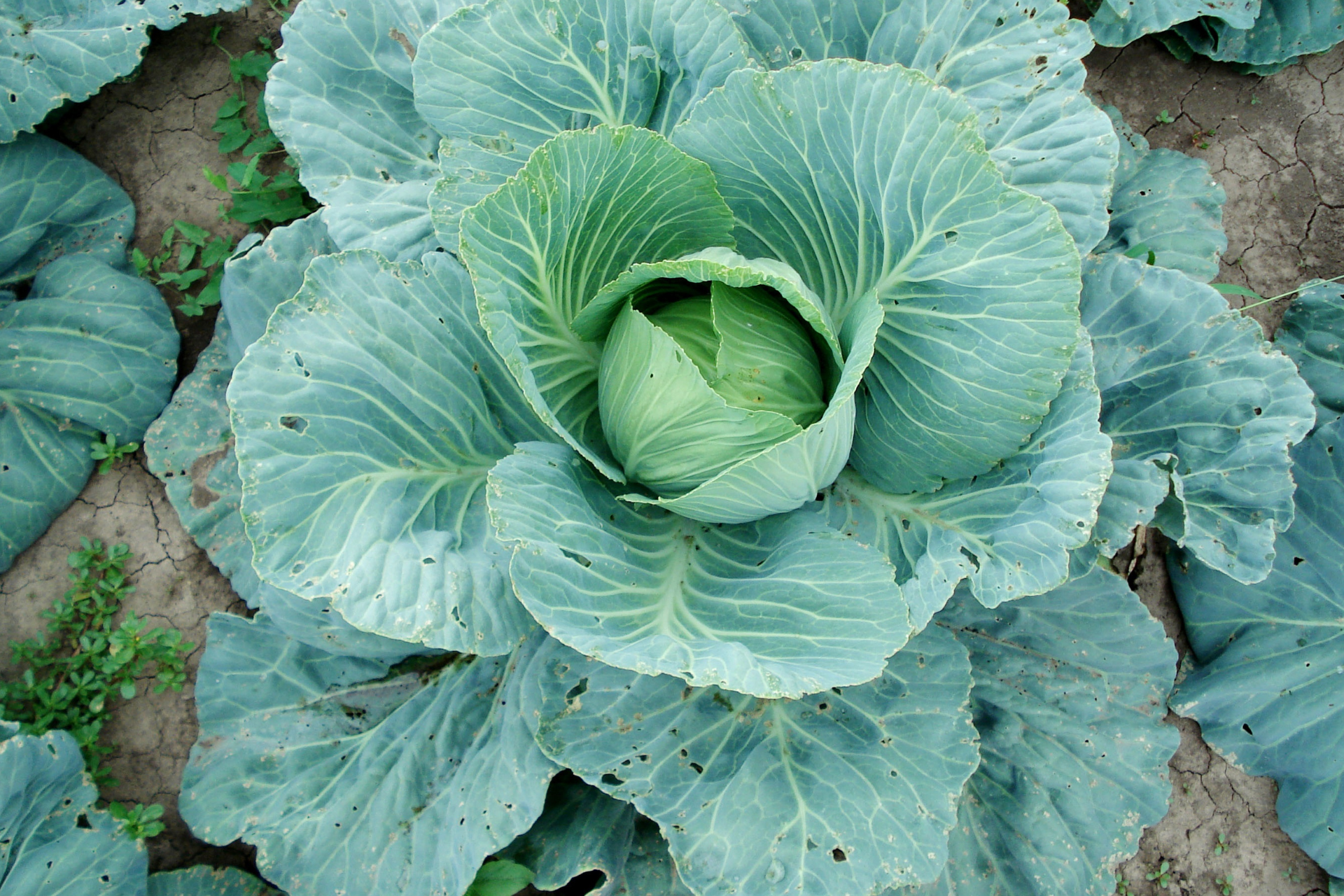
Conclusion
Growing cabbage requires attention to detail—from selecting the right variety and preparing your soil to managing pests and harvesting at the right time.
But once you’ve got the basics down, cabbage is a hardy, rewarding crop that can provide for months.
Whether you’re fermenting a batch of homemade sauerkraut or slicing fresh leaves into a salad, nothing beats the taste of cabbage from your own garden.
Start with a few reliable varieties, follow the best practices outlined here, and you’ll be well on your way to growing healthy, delicious cabbages season after season.

